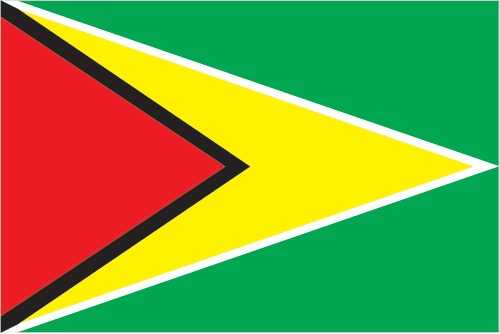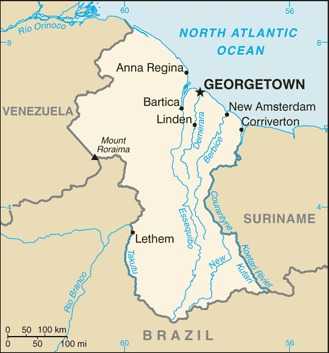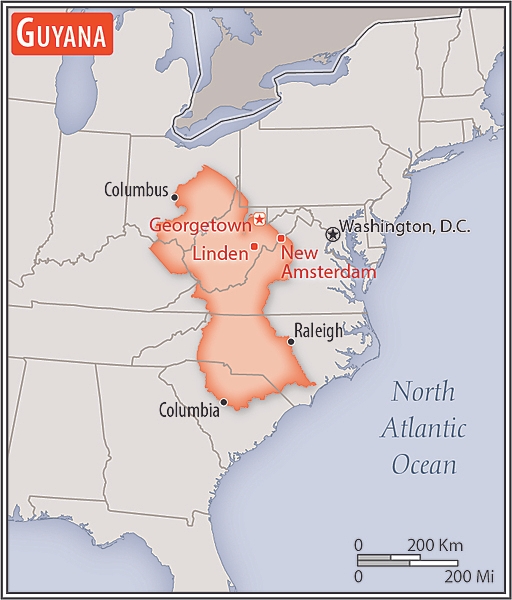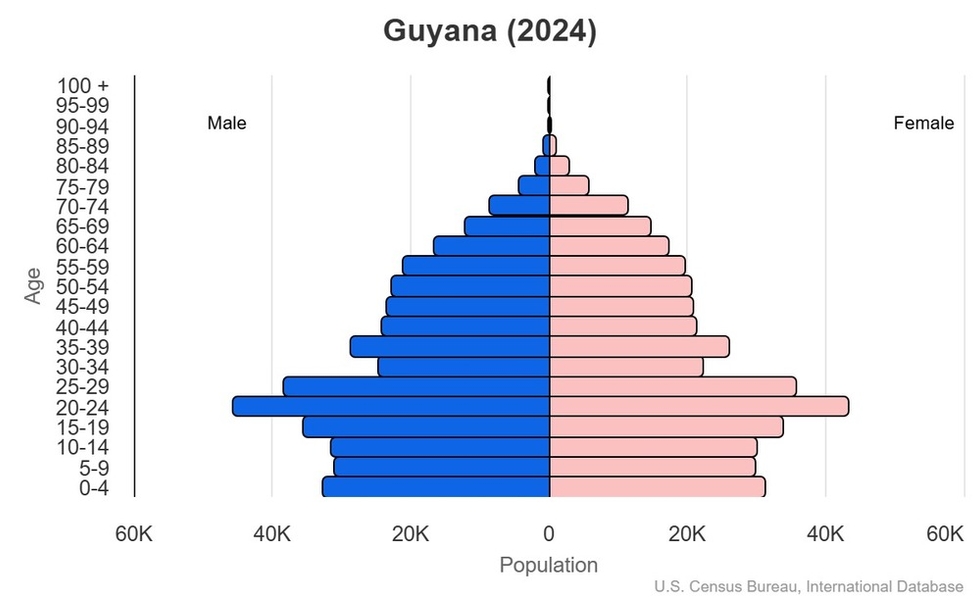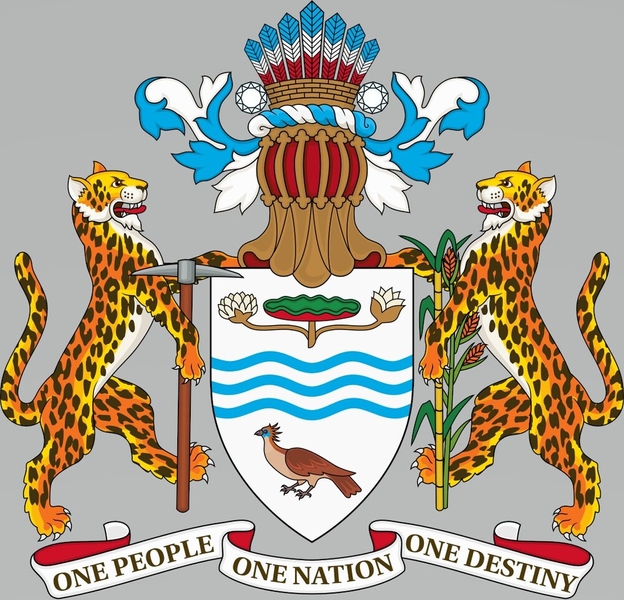Introduction
Visit the Definitions and Notes page to view a description of each topic.
Geography
People and Society
Population
comparison rankings: total 166; male 166; female 166
Median age
comparison ranking: total 150
Population growth rate
comparison ranking: 164
Birth rate
comparison ranking: 95
Death rate
comparison ranking: 122
Net migration rate
comparison ranking: 214
Maternal mortality ratio
comparison ranking: 76
Infant mortality rate
comparison ranking: total 75
Life expectancy at birth
comparison ranking: total population 163
Total fertility rate
comparison ranking: 99
Obesity - adult prevalence rate
comparison ranking: 102
Alcohol consumption per capita
comparison ranking: total 83
Tobacco use
comparison ranking: total 133
Children under the age of 5 years underweight
comparison ranking: 53
Education expenditure
comparison ranking: Education expenditure (% GDP) 84
Environment
Carbon dioxide emissions
comparison ranking: total emissions 155
Government
Economy
Real GDP (purchasing power parity)
comparison ranking: 119
Real GDP growth rate
comparison ranking: 1
Real GDP per capita
comparison ranking: 20
Inflation rate (consumer prices)
comparison ranking: 85
GDP - composition, by sector of origin
comparison rankings: agriculture 86; industry 1; services 207
Industrial production growth rate
comparison ranking: 1
Labor force
comparison ranking: 167
Unemployment rate
comparison ranking: 148
Youth unemployment rate (ages 15-24)
comparison ranking: total 46
Current account balance
comparison ranking: 42
Reserves of foreign exchange and gold
comparison ranking: 143
Debt - external
comparison ranking: 97
Energy
Electricity
comparison rankings: installed generating capacity 168; consumption 159; transmission/distribution losses 70
Energy consumption per capita
comparison ranking: 97
Communications
Telephones - fixed lines
comparison ranking: total subscriptions 130
Telephones - mobile cellular
comparison ranking: total subscriptions 168
Broadband - fixed subscriptions
comparison ranking: total 132
Transportation
Merchant marine
comparison ranking: total 99

